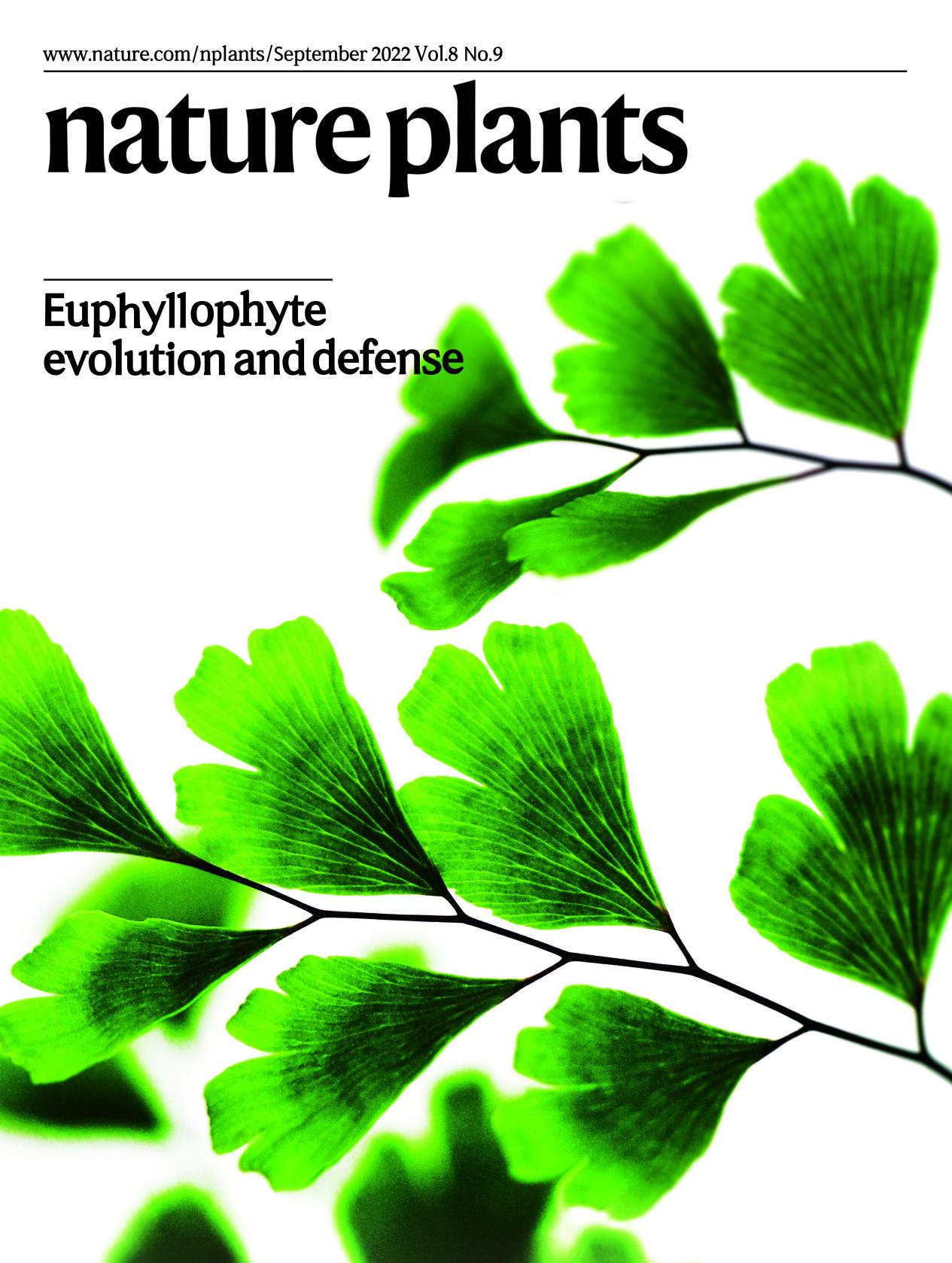The genome of maidenhair Fern – the fern genome deciphers the molecular mechanism of origin and evolution of euphyllophyte
Yan lab has completed a chromosome-level genome of maidenhair fern (Adiantum capillus-veneris L.), a fern model plant, and combined with transcriptome and metabolome data, explored the genetic basis of a series of innovative traits in ferns and euphyllophytes, including spore development, resistance response, seed origin, and the evolutionary origin of gene families in euphyllophyte.
Ferns, with about 11,000 species, are the second largest vascular plant after angiosperms. Ferns are the closest sister group of seed plants, and together they constitute the dominant group of today's terrestrial landscape, euphyllophytes. Ferns comprise two groups with different reproduction strategies: heterospory and homospory. The latter account for about 99% of extant ferns and is an important link in the study of fern biology and the evolution of euphyllophyte. However, there are few reports on the high-quality genome of ferns.
This study first sequenced and assembled the maidenhair fern, and finally obtained the chromosome-level genome with 4.83 Gb, covering 97.58% of the genome, the number of chromosomes n = 30, and the Contig N50 reached 16.22 Mb. Combined with transcriptome analysis, the research team further revealed the genetic basis of homosporangia from juvenile to maturity, and found that the homosporangium development process involved the expression regulation of a series of microspore development related genes. By placing the genome of maidenhair fern into the phylogenetic framework of each large group of land plants and inferring the ancestral genes of key nodes within euphyllophytes, the research group found that the BRI1-BRL gene family expanded in the common ancestor of euphyllophytes, which may be related to the complicated evolution of the vascular system of euphylls.
Ferns are also key species for studying the evolution of jasmonate signaling pathways. Based on the high-quality genome of maidenhair fern, combined with metabolomics analysis, the research team elucidated the changes of jasmonate molecule OPDA, JA-Ile and secondary metabolites in the process of maidenhair fern wounding response, which provides important clues for understanding the reason of high insect resistance in ferns.


